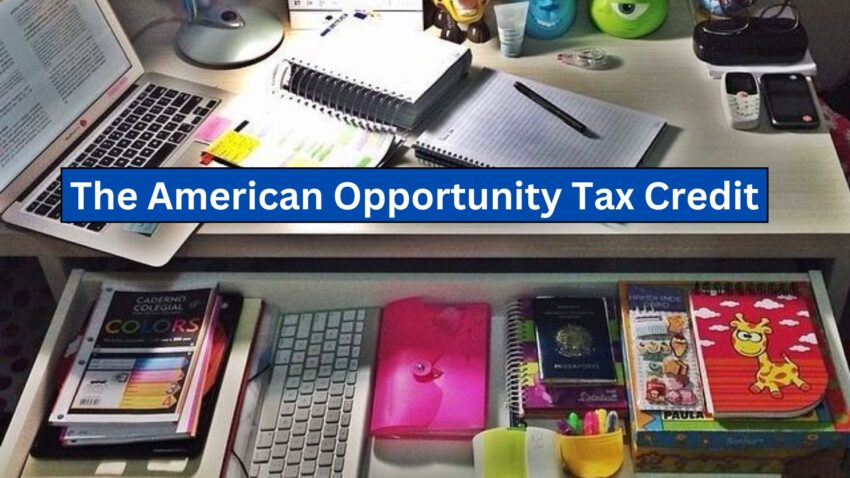Making College More Affordable: The American Opportunity Tax Credit
Higher education opens doors, but it often comes with a hefty price tag. The American Opportunity Tax Credit (AOTC) is a way to ease that financial burden, offering up to $2,500 per eligible student for tuition, fees, and course materials each year. Unlike a simple deduction, this is a credit—meaning it directly reduces your tax bill, dollar for dollar.
And here’s the real kicker: up to $1,000 of it is refundable. Even if you owe no taxes, you could still receive a portion of the credit as a refund.
How Does It Work?
The AOTC is structured like this:
- 100% of the first $2,000 in qualified expenses
- 25% of the next $2,000 in expenses
- Up to $1,000 refundable if the credit exceeds your tax bill
Let’s break it down with an example:
Imagine Steve and Carol pay $8,000 in qualified college expenses for their daughter. Their tax liability is $1,000 for the year. Thanks to the AOTC, they qualify for a $2,500 credit—covering their tax bill entirely and even giving them a $1,000 refund.
File with SR Financial to get your max refund, mate!
📩 Contact SR FinancialWho Qualifies?
To claim the AOTC, you must:
Be enrolled at least half-time in an undergraduate program
Be pursuing a degree, certificate, or recognized credential
Not have completed four years of post-secondary education
Not have claimed the AOTC for more than four tax years
Income Limitations
The AOTC phases out based on your Modified Adjusted Gross Income (MAGI):
- Starts phasing out at $80,000 ($160,000 for joint filers)
- Completely phases out at $90,000 ($180,000 for joint filers)
What Expenses Count?
Eligible Expenses:
Tuition and required fees ✔
Books, supplies, and necessary equipment ✔
A computer (if required for coursework) ✔
Expenses That Don’t Qualify:
Room and board ✘
Transportation ✘
Medical insurance ✘
Important: You cannot claim the AOTC if you paid for education using tax-free scholarships, Pell Grants, employer assistance, or a 529 plan unless these funds were included in taxable income.
Situations That May Disqualify You
You cannot claim the AOTC if:
- You file Married Filing Separately
- Someone claims you as a dependent
- You were a nonresident alien (unless electing to be treated as a resident for tax purposes)
- You used the same expenses to claim another education benefit (e.g., Lifetime Learning Credit)
What If You Don’t Qualify?
If you don’t qualify for the AOTC, the Lifetime Learning Credit (LLC) might be an alternative. The LLC offers 20% of up to $10,000 in expenses, with no limit on the number of years you can claim it—making it a great option for graduate students or professionals taking courses to enhance their careers.
How to Claim the AOTC
If you paid eligible education expenses, your school will send you Form 1098-T. To claim the AOTC:
- Use Form 1098-T to check qualified expenses.
- File Form 8863 along with your Form 1040.
- Ensure you meet eligibility requirements before claiming.
Why This Matters
Education is an investment, and tax credits like the AOTC make it more accessible. Whether you’re a student, parent, or tax professional, understanding these benefits helps you maximize savings and minimize financial stress.
For personalized tax strategies, SR Financial & Tax Advisors is here to help. Contact us today to ensure you claim the maximum benefits available.
